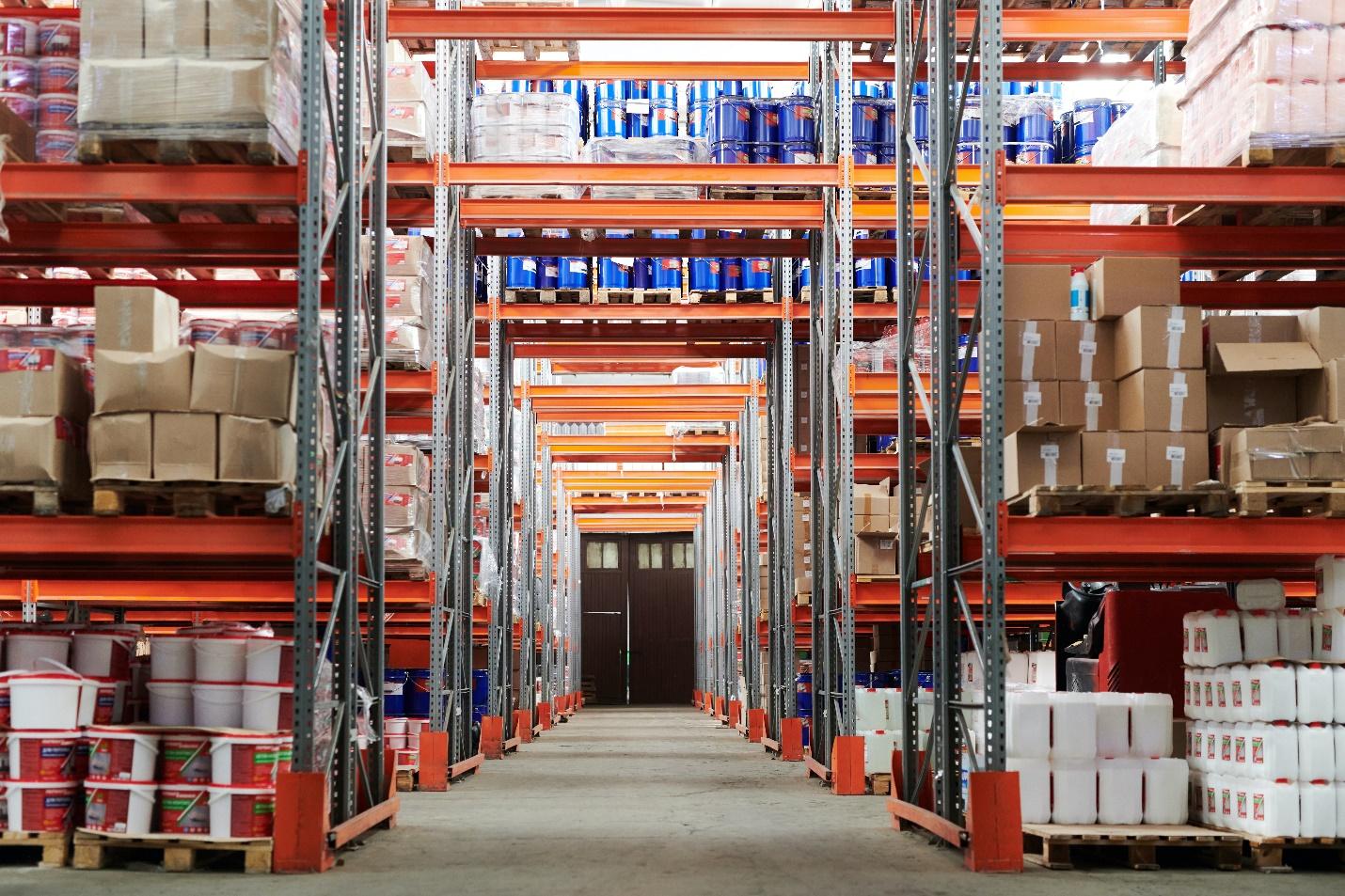The pandemic accelerated our shift to e-commerce and led to a sudden increase in warehouse demand. Businesses are trying their best to increase their warehouse capacity, anticipating changes in buyer behavior and a preference for online shopping. Their business models are evolving, making it essential to know about the factors that affect rent costs for warehouses.
This blog will outline the core elements you need to consider when leasing a warehouse and identify how their costing has changed recently.
Factors That Affect Rent Cost for Warehouses
Firstly, the primary costing principles for determining rent costs for warehouses have remained the same. Much of the change has been to the demand and supply curve and the changing logistics. Hence, you may already have taken most of the following factors into account and only need to make a few adjustments.
1. Size of the Warehouse
The overall size of the warehouse is one of the first things that will affect its rent. The more extensive warehouses typically cost more if all other factors remain constant, so your rent will depend on the storage capacity you require.
Businesses needing greater storage capacity have a slight benefit of negotiating a lower per-unit rent cost in some cases. However, the likelihood of success depends on your team’s negotiation skills, so we always offer to partner with businesses to help them through our expertise.
2. Proximity to Airport and Vendors
The warehouse’s proximity to the airport, port, and vendors will also affect its rent costs. Typically, the closer they are, the more commercially beneficial it is for the business since it simplifies their logistics and makes it more cost-effective.
However, property owners almost always consider this proximity when setting the base rent; hence, you’ll likely pay more for this convenience.
3. Taxes and Insurance
The rent cost for warehouses with higher base tax and insurance is also higher. Therefore, it is always best to conduct a cost-benefit analysis to determine if spending the more elevated amount will provide any incremental profit or gain.
4. Common Area Maintenance (CAM)
Common area maintenance refers to the maintenance cost for common areas like elevators, parking, reception, etc. This cost applies when the warehouse facility is shared, with businesses occupying different floors or rooms.
The landlord typically adds this cost to the rent separately to ensure transparency.
5. Lease Type
Most warehouses have a triple net lease (NNN), which is the norm for commercial properties. This type of lease ordains that the tenant will be responsible for paying taxes, insurance, and maintenance cost for the property for the duration of the lease agreement.
Conversely, the responsibility for paying the maintenance cost falls on the landlord, and it gets included in the rent they charge eventually.
6. Industrial Gross
The industrial gross rent is the overall rent that includes all costs you’ll have to pay. It includes taxes, insurance, CAM, base rent, maintenance cost, etc.
Its core purpose is to give tenants an idea about the sum they will be paying monthly or annually.
Wrapping Up
We hope you found the information helpful for your future business decisions. Don’t hesitate to contact the CHRE team to find ideal lease partnerships for your business. We have been working in the industry for several years and can help you find the best deals.






My retail business is doing well lately, so I need a bigger warehouse for our items soon since we’ll be selling more to keep up with the demand. Thank you for informing us that most warehouses have a triple net lease common among commercial properties since this ordains that the tenant is the one responsible for paying taxes, insurance, and maintenance of the property. I’ll take note of this while I start looking for industrial spaces for sale soon for my warehouse needs.
THANK YOU for your comments! Customer Feedback helps CHRE to post blogs that are information and relative to the current real estate environment! Thanks again!